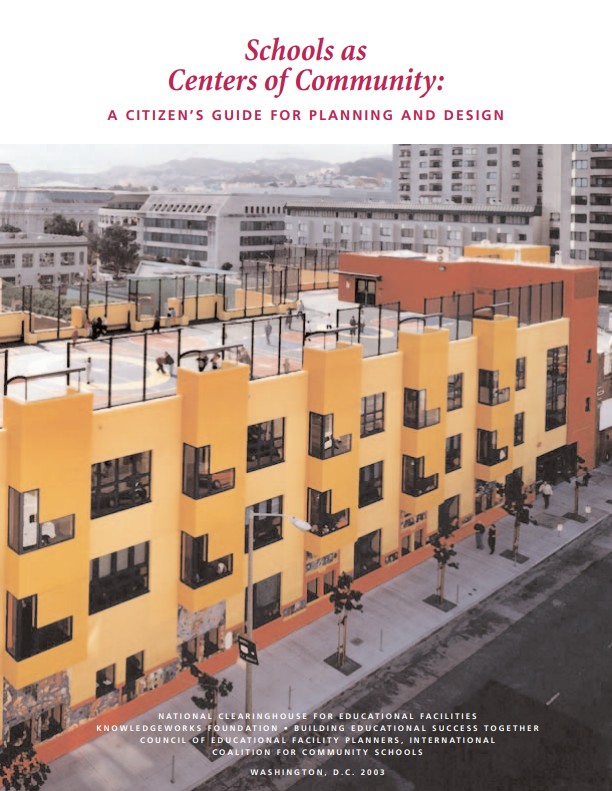
목차
Part One. The Challenge 1
Part Two. Six Design Principles 5
Design Principle 1. The learning environment should enhance teaching and learning and accommodate the needs of all learners 6
Design Principle 2. The learning environment should serve as a center of the community 8
Design Principle 3. The learning environment should result from a planning and design process that involves all community interests 9
Design Principle 4. The learning environment should provide for health, safety, and security 10
Design Principle 5. The learning environment should make effective use of available resources 12
Design Principle 6. The learning environment should be flexible and adaptable 13
Part Three. Design Principles in Action 15
Case Study 1. Gaylord High School, Gaylord, Michigan 16
Case Study 2. PS 5, The Ellen Lurie School, New York, New York 18
Case Study 3. Center for Applied Technology and Career Exploration, Rocky Mount, Virginia 20
Case Study 4. City Heights K–16 Educational Collaborative, San Diego, California 22
Case Study 5. Tenderloin Community School, San Francisco, California 24
Case Study 6. J. F. Oyster Bilingual Elementary School, Washington, D.C. 26
Case Study 7. Noble High School, North Berwick, Maine 28
Case Study 8. Crow Island School, Winnetka, Illinois 30
Case Study 9. Interdistrict Downtown School, Minneapolis, Minnesota 32
Case Study 10. High Tech High, San Diego, California 34
Case Study 11. Henry Ford Academy, Dearborn, Michigan 36
Case Study 12. Met Center, Providence, Rhode Island 38
Case Study 13. School of Environmental Studies, Minneapolis, Minnesota 40
Part Four. Making it Happen 43
Getting Started and Getting Organized 44
Step 1. Initiating the Planning Process 44
Step 2. Funding the Planning Process 45
Step 3. Identifying a Facilitator 46
Step 4. Assembling the Core Planning Team 48
Step 5. Organizing the Steering Committee 48
Involving the Community 50
Step 6. Involving Students 50
Step 7. Involving Parents 52
Step 8. Involving Educators 52
Step 9. Involving Business 53
Step 10. Involving Senior Citizens 55
Step 11. Involving Community Organizations and Government Agencies 55
Step 12. Involving the School Board and District Administration 56
Developing and Implementing a Master Plan 57
Step 13. Building Common Understanding, Shared Beliefs, and a Collective Vision 58
Step 14. Determining Educational Needs 60
Step 15. Identifying Resources 61
Step 16. Developing Recommendations 62
Step 17. Communicating with the Larger Community 62
Step 18. Creating a Master Plan 64
Step 19. Implementing the Master Plan 65
Part Five. Some Final Thoughts 67
References69



